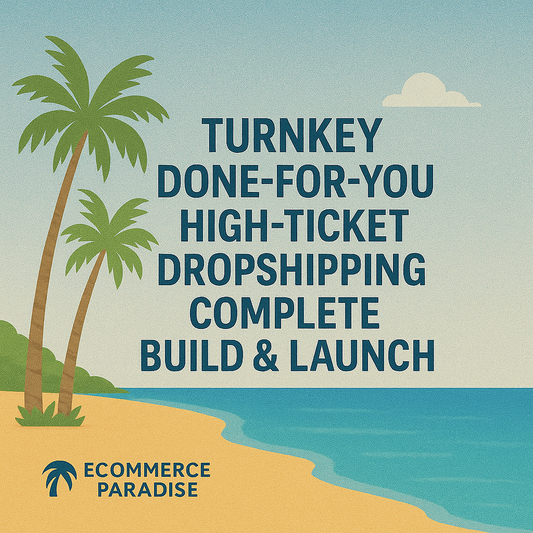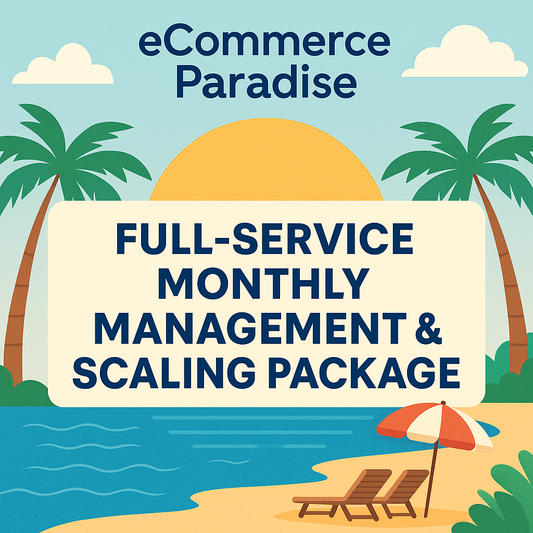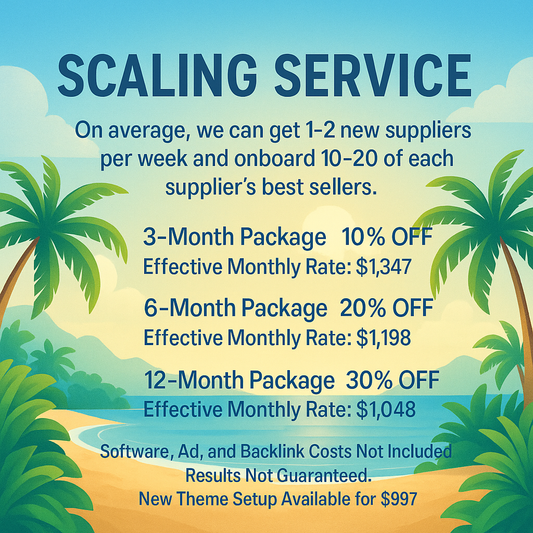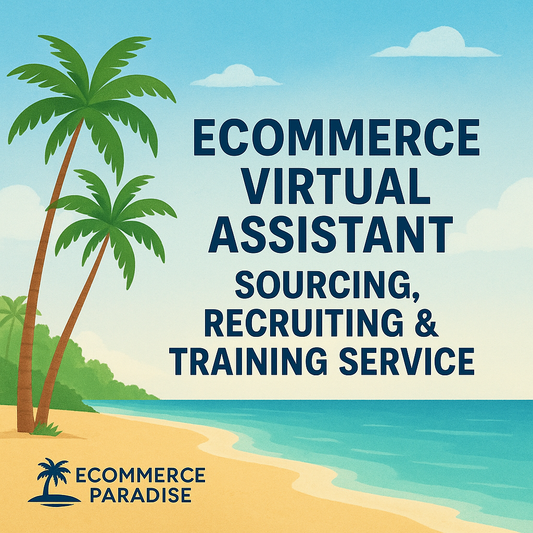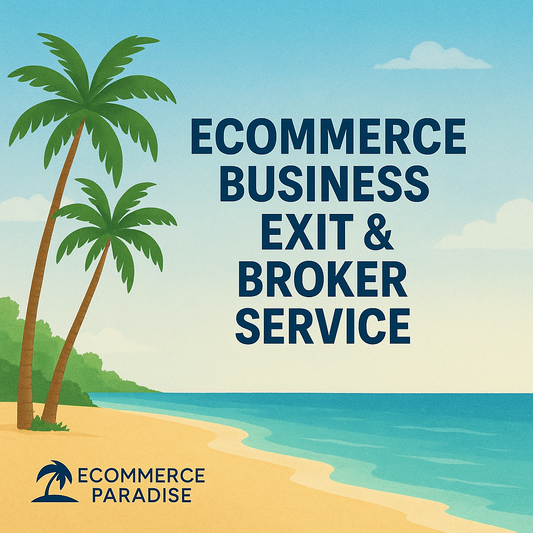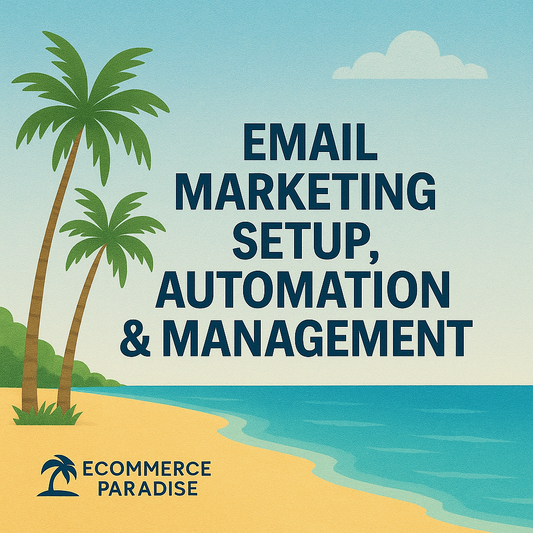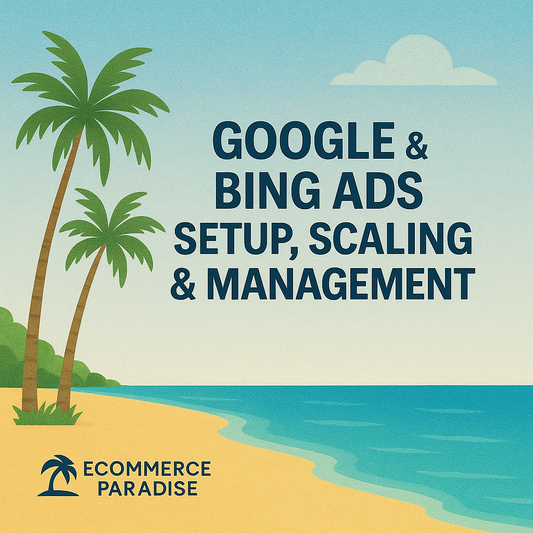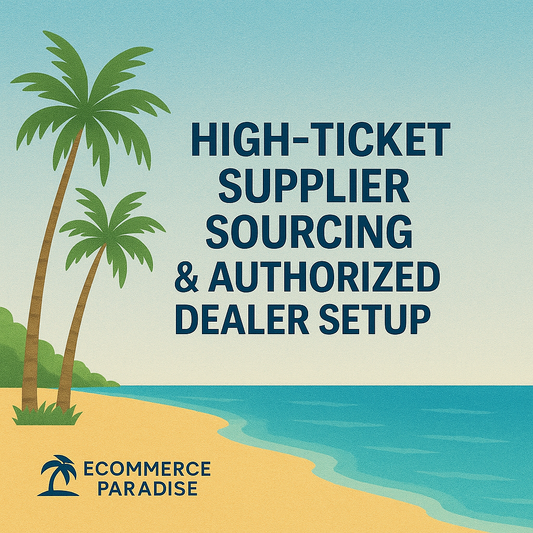
The Power of Internal Linking for Ecommerce SEO Success
Hey there, fellow entrepreneurs! Trevor Fenner here, founder of Ecommerce Paradise. Today, we're diving into the often-overlooked yet crucial element of ecommerce SEO: internal linking. As you’ve been building your online store, you probably understand that driving traffic is only part of the game. To truly excel, we need to focus on how we manage that traffic once it arrives. So, let’s explore how mastering internal linking can help you leverage your store for optimal performance!
What is Internal Linking?
Before we roll up our sleeves and get into the nitty-gritty of internal linking, let’s clarify what it actually is. Internal linking refers to the hyperlinks that connect one page of your website to another page on the same site. It's a simple yet potent strategy that not only keeps visitors engaged but also aids search engines like Google in understanding the structure and hierarchy of your content.
Why Internal Linking Matters for Ecommerce SEO
In the world of ecommerce SEO, internal links are incredibly valuable for several reasons:
- Enhances User Experience: Great internal linking keeps customers on your site longer, which can boost your conversion rates and reduce bounce rates.
- Improves Crawlability: Search engines use these links to crawl your website structure more efficiently. Good link practices help them discover new content.
- Distributes Link Equity: Internal links help in passing the link juice from high-authority pages to new or low-ranking pages, helping elevate their SEO performance.
Types of Internal Links
Not all internal links are created equal! Here's a breakdown of the different types you can leverage in your ecommerce business:
1. Navigation Links
Your website's main navigation menu is like the front door of your store. By creating a clear pathway through your categories and products, you're guiding your potential customers smoothly through their shopping journey.
2. Blog Post Links
If you’re engaged in email marketing (which you should be!), linking your product pages within your blog posts can provide a dual benefit: driving traffic to those products and engaging your readers with helpful content. Think about showing them how a product can solve their problems. Write those articles and sprinkle in those links!
3. Related Product Links
Ever been on a product page and noticed the "related products" section? That’s a classic example of internal linking that not only keeps users on your site longer but drastically enhances cross-selling opportunities. This simple feature can lead to increased average order value, which is a must for any successful dropshipping business.
Best Practices for Effective Internal Linking
While the benefits of internal linking are clear, executing it effectively is what separates successful ecommerce stores from the rest. Here are some tried-and-true tips from my experience:
Create a Logical Structure
Your website should have an organized structure that makes sense. Categorize your products effectively, and ensure that each category page links to its corresponding products. This way, customers—and search engines—can navigate your site more efficiently.
Use Descriptive Anchor Text
The anchor text is the clickable text in a hyperlink. Using descriptive and relevant anchor text helps users know where they’re headed when they click a link. Instead of using “click here,” try something more descriptive like “check out our top-rated outdoor gear.” This not only appeals to your users but also improves your rankability on search engines.
Link to Authority Pages Internally
Linking back to your highly authoritative pages will give juice to your less authoritative content. If you've got a blog post that ranks well, consider how you can link it to your product pages, category pages, or even your FAQ pages to drive traffic just by virtue of being connected.
Limit the Number of Internal Links
While having numerous internal links can be good, too many links in one place can overwhelm your audience and dilute the importance of your links. Aim for a few but impactful links per page to keep things clean and effective.
The Impact of Internal Linking on Google Shopping Ads
When considering your overall strategy, it's crucial to remember the role of internal linking in relation to platforms such as Google Shopping Ads. If your internal structure is robust and your pages are interconnected wisely, better SEO performance follows. This means your feed for Google Shopping might actually be optimized on the backend, too!
Striking a Balance with External Links
While internal links are essential, don't forget about external links! Striking a balance between linking to authoritative external sites can build trust with Google, indicating that your ecommerce site values verified and quality information.
Monitoring and Adjusting Your Internal Links
Just like any other aspect of your business, ongoing monitoring and adjustments should be part of your internal linking strategy. Regularly review your links for broken or outdated ones. You can use tools like Google Analytics to evaluate which links drive traffic and which don’t. This can provide insights on how to refine your internal linking strategy.
Use Plugins and Tools
If you’re using Shopify, there are several terms and tools at your disposal to monitor internal linking effectively. Invest some time in exploring apps that can analyze your site structure and provide insights into how you can optimize it. Tools like Yoast SEO can be helpful for those using WordPress as well.
Building a Link-Worthy Store
Building a linked store is not just about designing the navigation; it's also about creating valuable content that earns links naturally. If you can get other retailers or bloggers to link back to you, then your authority sky-rockets! Share your expertise, whether that be through blogs, infographics, or tutorials that help establish you in your niche.
Engaging Your Audience with Internal Links
Remember to think from your customer’s perspective. Would you rather read a wall of text or a well-structured article that has interspersed internal links guiding you to relevant information? Keeping your user experience in mind can lead to happy customers who are likely to return to your site.
The Ripple Effect of a Solid Internal Linking Strategy
Each action has a reaction, just like in your online business! Well-planned internal links can enhance your website’s SEO, improve your user experience, reduce bounce rates, and facilitate conversions, thereby setting the stage for long-term ecommerce success! When you combine stellar internal linking with robust email marketing and a well-optimized product catalog, you're establishing a strong foundation for sustainable growth.
Wrapping It All Up in a Bow
Internal linking is a cornerstone of a solid ecommerce SEO strategy. By improving user experience and search engine crawlability, you're positioning your brand for success. Don't underestimate the potential of your links! Invest time in creating a cohesive internal linking structure, and watch as your store becomes a go-to destination for customers. With the right internal linking strategies in place, your ecommerce store will not just be a shop but a delightful journey for your customers. Let's get to linking and make it happen!




